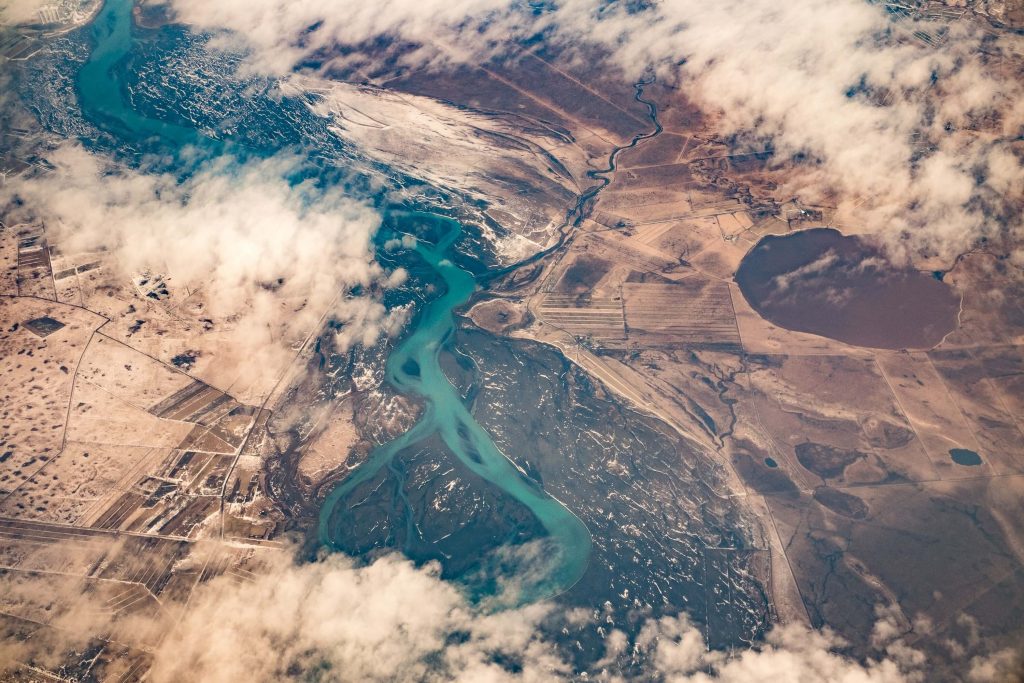
By Andrea Erickson-Quiroz, Managing Director, Water Security at The Nature Conservancy
As astronomists look out further into the vast expanse of space, it’s increasingly clear how unique our blue planet is. Our oceans and rivers separate Earth from every other planet we’ve discovered so far. But in our daily lives, we don’t always appreciate how precious this natural resource really is.
In fact, water insecurity is a growing threat around the world, and it will get worse if we don’t arrive at some immediate innovative solutions. And while technological innovation shapes nearly every other aspect of our lives, we’ve been slow to apply tech solutions toward one of the greatest challenges of our time.
As our changing climate puts more stress on the availability and quality of water worldwide, we urgently need a shift in perspective with a new focus on innovative solutions to water security.
The big picture: We have to work together
Some of the most direct ways we feel the impacts of climate change manifest through water — increasing (and increasingly severe) droughts, floods, and storms. And while there are a host of solutions that we can already apply to various water issues — including source water protection, stormwater management, reservoir management and urban planning in cities — we need to drive adoption of these solutions faster and at a greater scale.
I’m not a tech expert, but I’ve worked on water conservation for 20 years. What I’ve learned in that time is that we have to work together to bring our best collective thinking to see the big picture. Technology is currently underutilized when it comes to water sustainability, and that has to change.
There’s huge potential for artificial intelligence, remote sensing, data analytics and adaptive innovation to be applied to water security challenges, especially when paired with conservation science, and impact investment.
Microsoft’s AI for Earth program and The Nature Conservancy’s collaboration with the Techstars Sustainability Accelerator offer some examples of how such innovations can drive adaptive water solutions:
- WatchTower Robotics, part of the inaugural class of the Techstars Sustainability Accelerator, patented technology that finds leaks to save water and protect infrastructure from sinkholes on streets and other consequences. Fully 20 percent of clean water produced every day is lost due to leaks that are often found too late; the Watchtower Robotics technology will identify these leaks faster and prevent water loss.
- Africa Flores, a professor at the University of Alabama in Huntsville Earth System Science Center, is using her AI for Earth Innovation Grant to focus on developing a prototype of an early warning system for harmful algal blooms (HAB), which pose a threat to people and wildlife. Her goal is for the system to inform authorities in her native country of Guatemala about upcoming HAB events in Lake Atitlán, a landmark of Guatemala’s biodiversity and culture.
A water-secure future for people and nature
The private sector plays an important role in identifying and implementing those solutions, whether it’s through infrastructure planning, ecosystem restoration or community empowerment. Not only are companies finding new business opportunities, they are showing how they can lead by driving technological innovation.
Climate change is creating unprecedented urgency to solve for water issues — and nonprofit organizations like The Nature Conservancy can’t do it alone. Investment in technology and breakthrough collaborations are necessary to make significant leaps forward and ensure a water-secure future.
